Tigers: The Swimming Champions of the Cat World

Most people picture tigers stalking through dense jungles, but these magnificent predators are actually exceptional swimmers who genuinely love water. Unlike your house cat who runs from the bathtub, tigers will wade into rivers and lakes without hesitation. They use swimming as both a hunting strategy and a way to cool down in hot climates. Tigers have been spotted swimming across rivers that are several miles wide. Their powerful shoulders and webbed paws make them surprisingly graceful in water. Some tigers even catch fish as part of their regular diet.
Jaguars: Underwater Assassins of the Amazon
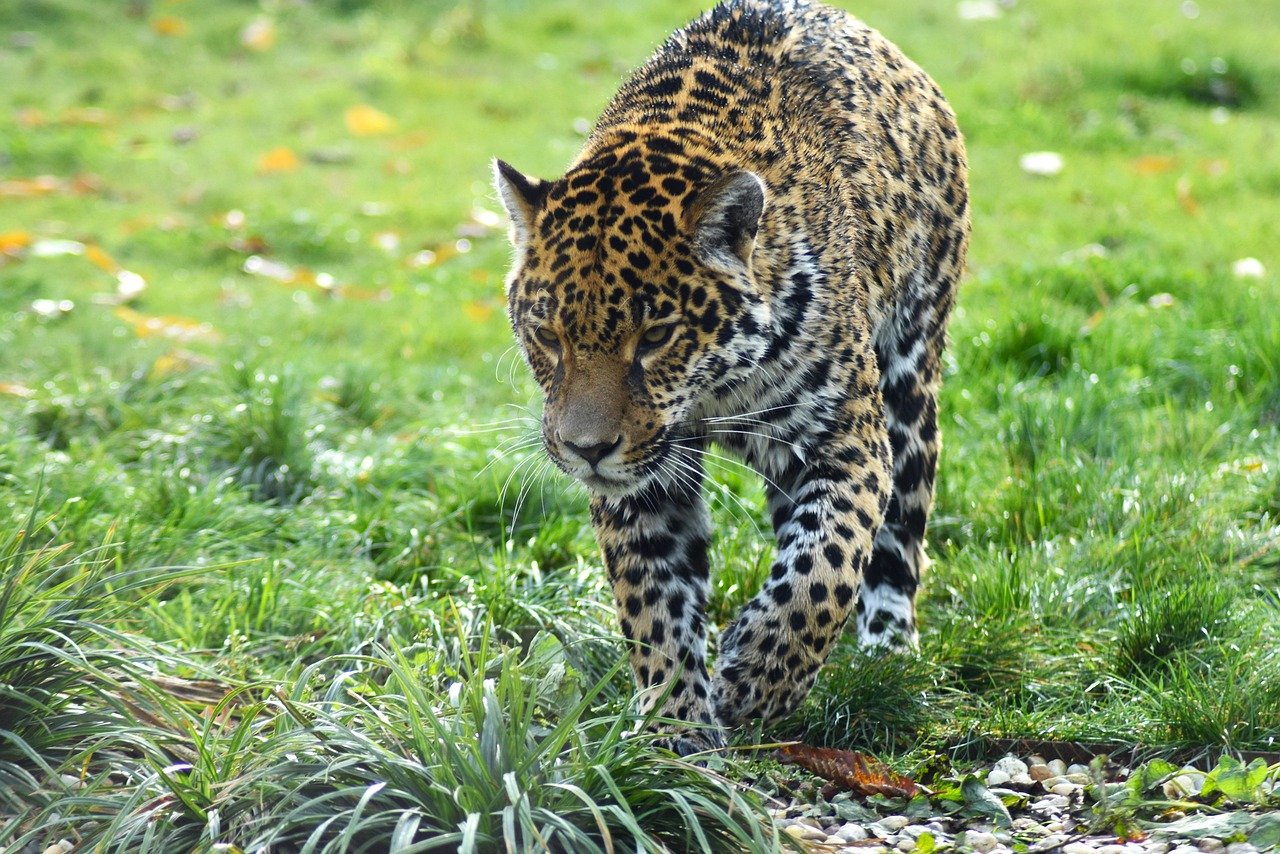
Jaguars are the ultimate aquatic hunters among big cats, capable of diving underwater to catch prey like caimans and large fish. These muscular cats have the strongest bite force of any big cat, which comes in handy when they’re crushing turtle shells underwater. They’re so comfortable in water that they often hunt along riverbanks and have been seen swimming between islands. Jaguars can hold their breath for surprising lengths of time while stalking prey beneath the surface. Their stocky build might look clumsy on land, but in water, they move like deadly torpedoes.
Leopards: Reluctant but Capable Water Cats
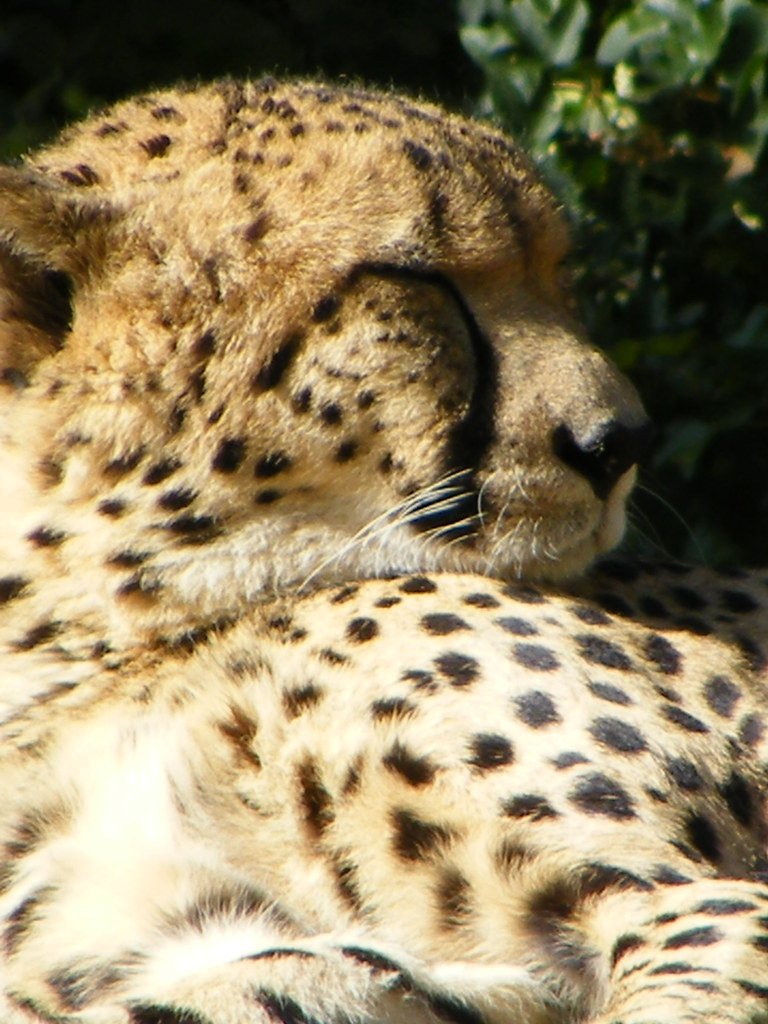
While leopards aren’t enthusiastic swimmers like tigers, they’re definitely capable when the situation demands it. These adaptable cats will cross rivers and streams when necessary, though they prefer to keep their paws dry. Leopards are known for their incredible climbing abilities, but they can also swim decent distances if they need to escape danger or reach prey. They tend to swim with their heads held high above water, looking rather dignified despite their obvious discomfort. Most leopards will only enter water as a last resort, but they’re surprisingly good at it when they have to be.
Snow Leopards: Mountain Cats Who Avoid Water
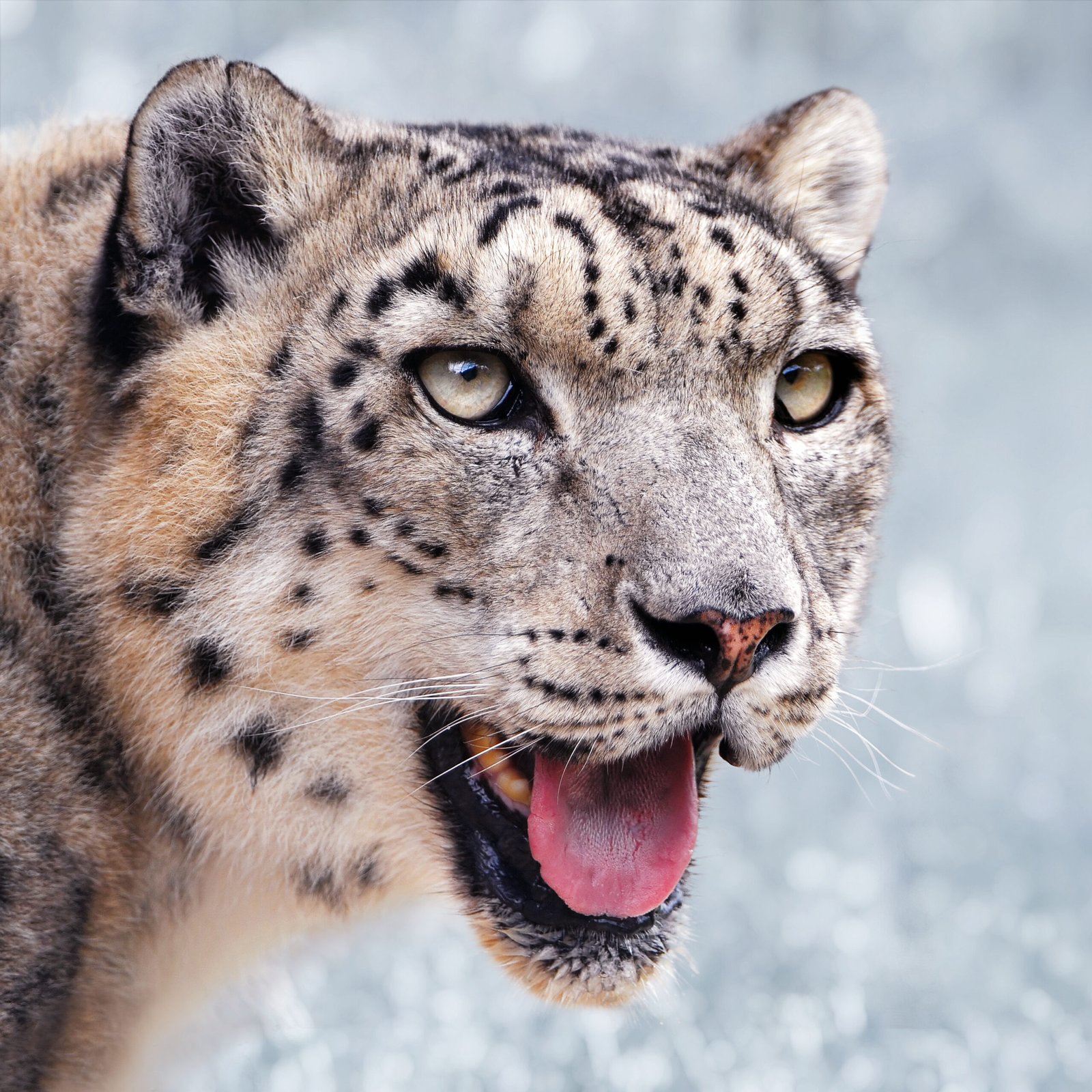
Snow leopards live in some of the harshest mountain environments on Earth, where water is often frozen solid or extremely cold. These beautiful cats have thick, fluffy coats that would become waterlogged and heavy if they got wet. Their habitat rarely requires swimming, as they’re perfectly adapted for jumping across rocky crevices and climbing steep cliffs. Snow leopards have massive paws that work like snowshoes, but they’re not designed for paddling through water. These cats would rather leap 50 feet across a canyon than wade through a shallow stream.
Lions: The Social Cats Who Hate Getting Wet

Lions might be the kings of the jungle, but they’re definitely not the kings of the swimming pool. Most lions actively avoid water and will only cross shallow streams when absolutely necessary. Their heavy manes (in males) would become waterlogged and make swimming extremely difficult and dangerous. Lions prefer to drink from the edges of water sources rather than wading in, and they’ve been known to wait hours for prey to come to them rather than chase it into water. However, there are rare exceptions where desperate lions have been forced to swim, though they look absolutely miserable doing it.
Cheetahs: Built for Speed, Not Swimming
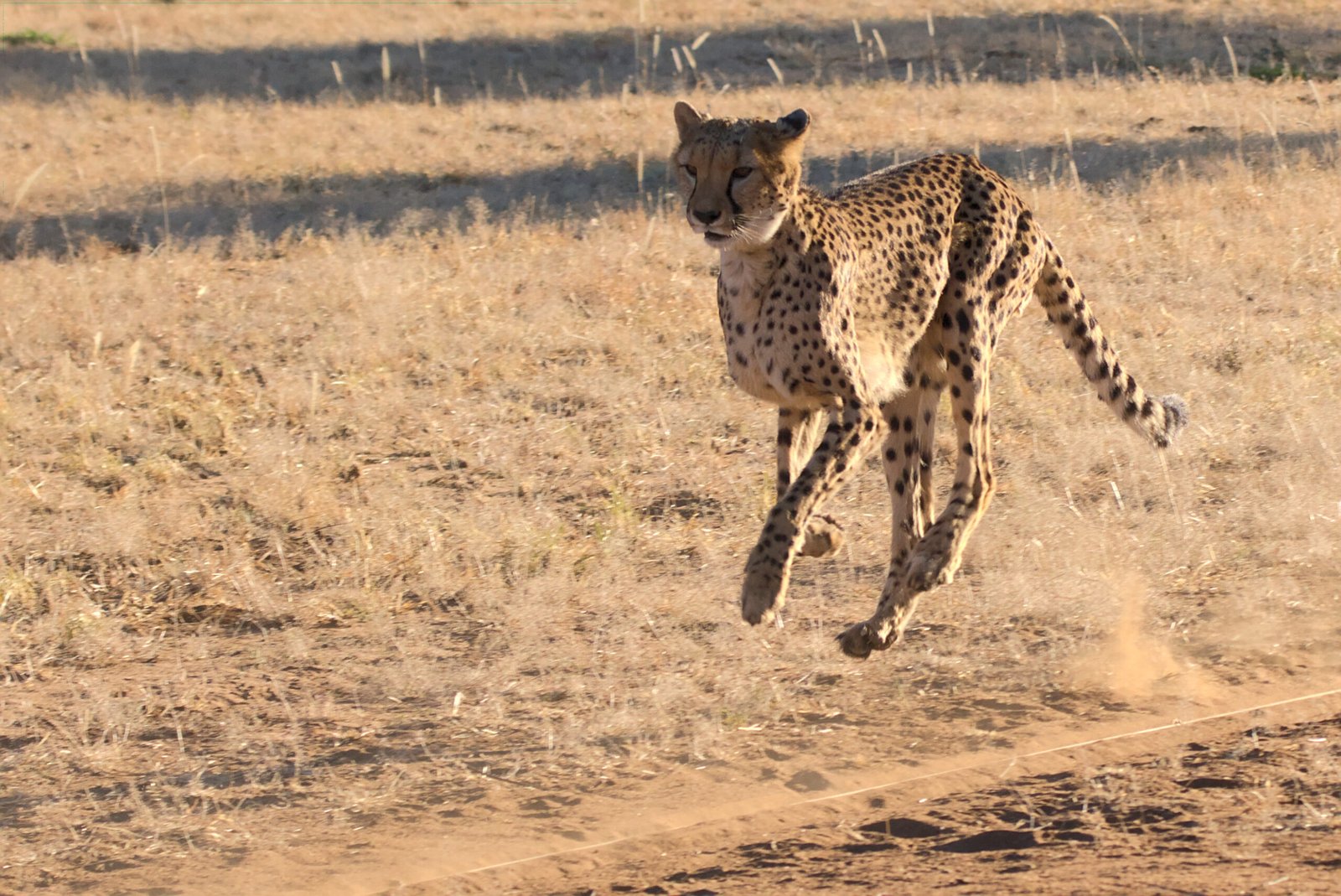
Cheetahs are the sports cars of the cat world, designed purely for speed on land, not for aquatic adventures. Their lightweight build and small frame make them terrible swimmers, and they know it. These cats will go to great lengths to avoid water, even taking long detours around small streams. Cheetahs have narrow chests and long, thin legs that aren’t built for paddling through water. Their spots might look cool, but they won’t help them stay afloat, and most cheetahs would rather face a pack of hyenas than jump into a river.
Cougars: Surprisingly Good Swimmers When They Need to Be
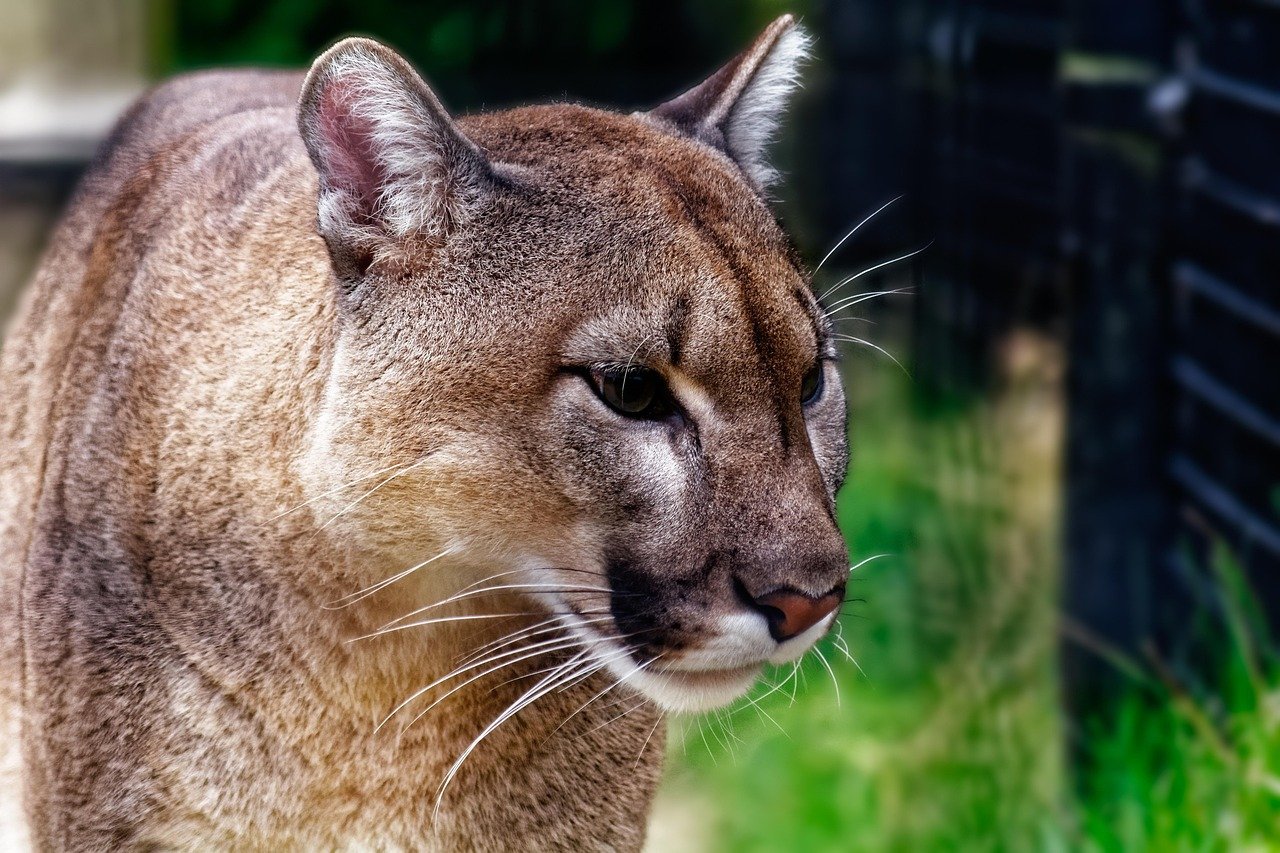
Cougars, also known as mountain lions or pumas, are actually decent swimmers despite not being known for it. These adaptable cats can swim across rivers and lakes when pursuing prey or seeking new territory. They’re not as enthusiastic about water as tigers, but they’re much more willing than most other big cats. Cougars have been observed swimming between islands and crossing large bodies of water during migration. Their muscular build and long tail help them maintain balance and power while swimming. Most cougars prefer to stay dry, but they won’t let water stop them from reaching their goals.
Lynx: Cold-Weather Cats Who Keep Their Distance
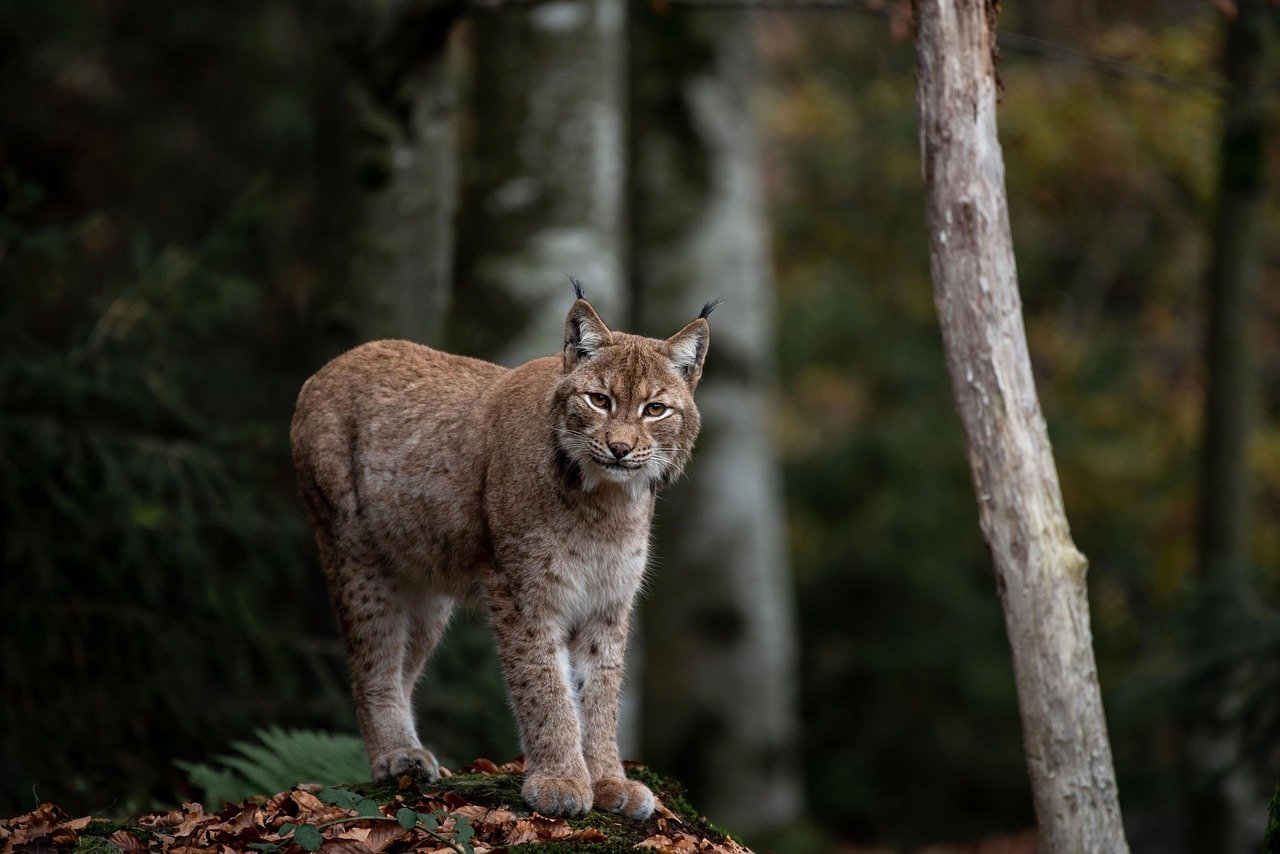
Lynx are built for snowy, cold environments where jumping into water would be a death sentence. These cats have huge, furry paws that work like natural snowshoes but would be terrible for swimming. Their thick winter coats would become waterlogged and drag them down if they tried to swim. Lynx prefer to hunt rabbits and small prey in snowy forests where water is usually frozen solid. These cats are incredible jumpers and climbers, but asking them to swim would be like asking a fish to climb a tree.
Ocelots: Small Cats with Big Swimming Skills

Ocelots might be smaller than the other cats on this list, but they’re surprisingly good swimmers. These spotted beauties live in rainforests where water is everywhere, so they’ve adapted accordingly. Ocelots are comfortable crossing streams and have been seen swimming in search of fish and amphibians. Their compact size and strong legs make them efficient swimmers, though they’re not as water-loving as jaguars. These cats treat water like any other obstacle in their environment, something to navigate rather than fear.
Servals: The Unexpected Water Lovers
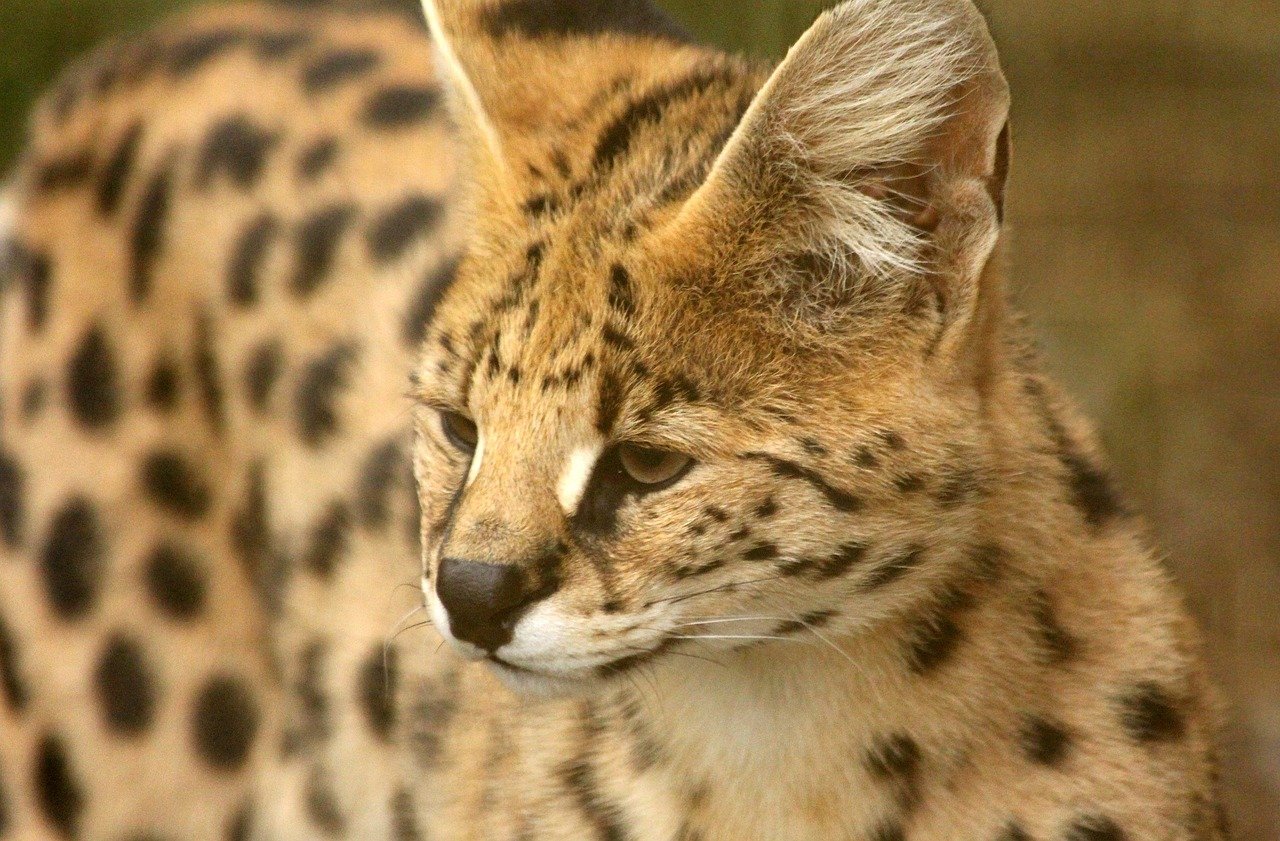
Servals are the dark horses of the swimming cat world, being surprisingly comfortable in and around water. These long-legged African cats often hunt in wetlands and marshy areas where swimming skills come in handy. Servals have been observed wading through water to catch frogs, fish, and water birds. Their long legs give them an advantage in shallow water, allowing them to move through marshy areas that other cats would avoid. While they might not dive like jaguars, servals are definitely more water-friendly than most people expect.
Ever wonder why some cats embrace water while others treat it like liquid kryptonite? It all comes down to evolution and environment – cats that developed near water learned to love it, while mountain and desert cats stayed high and dry!






